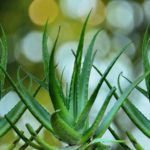4 Houseplants That Healers Cherished in Their Homes:
Cudrania Cochinchinensis
Cudrania Cochinchinensis, recognized for its medicinal properties, is often cultivated as an ornamental plant. The leaves find culinary use as a salad ingredient, beautifully complementing dishes such as mango salads or traditional Vietnamese fermented pork dishes.
Cudrania Cochinchinensis roots possess a sweet, slightly bitter flavor and cooling properties, making them valuable for their tonic and diuretic effects. Remarkably, all parts of the plant, including the stem, branches, leaves, roots, and bark, hold medicinal value.
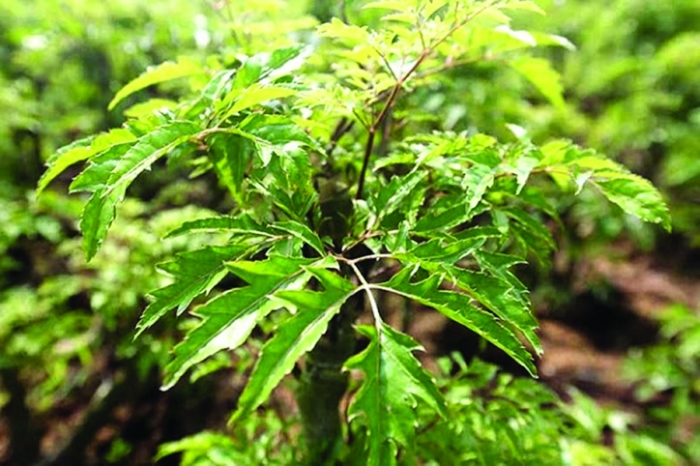
Cudrania Cochinchinensis, a benign medicinal plant, often adorns homes as an auspicious ornamental.
Decoctions prepared from the plant’s leaves are known to alleviate conditions such as melasma and acne. Over time, consumption of these decoctions promotes a clear and radiant complexion. For individuals suffering from debility and exhaustion, Cudrania Cochinchinensis serves as a restorative, aiding in red blood cell regeneration and combating premature aging.
Cudrania Cochinchinensis is remarkably benign and can be consumed throughout the year without adverse effects. The sweet and slightly bitter roots amplify physical resilience, a property further enhanced when consumed in decoction form.
Many incorporate the roots of Cudrania Cochinchinensis into medicated wines, utilizing specific dosages to alleviate aches, pains, and backaches.
Lonicera Japonica
Lonicera Japonica, a prevalent ornamental plant in traditional Vietnamese gardens, graces modern homes as well.
This graceful plant exhibits dense foliage and elegant form. Each spring, it bursts into bloom, adorning itself with delicate yellow and white blossoms that evoke images of clouds drifting effortlessly through its branches.
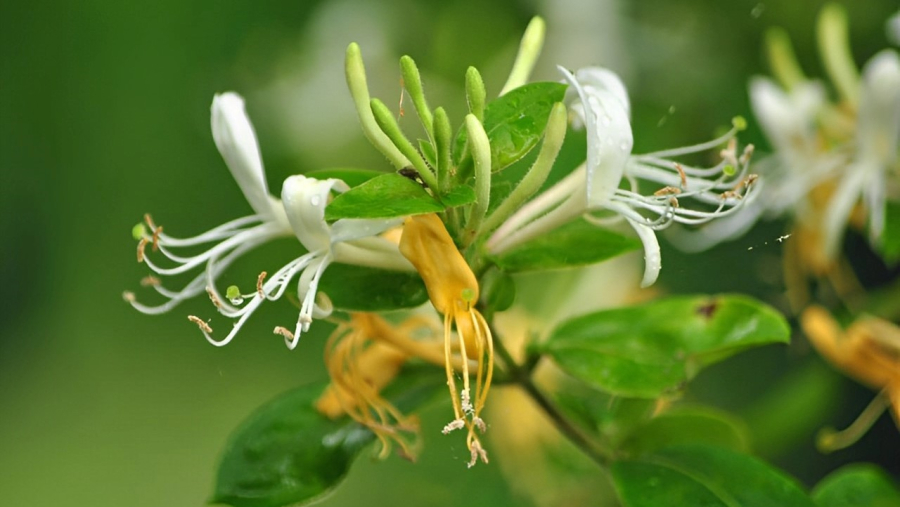
Lonicera Japonica, renowned as a precious medicinal herb.
Beyond its aesthetic appeal, Lonicera Japonica exudes a refreshing fragrance that uplifts the spirits and creates a tranquil ambiance. It holds medicinal value, serving as an effective remedy for heatstroke, fever, and other ailments, earning its place in the traditional herbalist’s repertoire.
The dried flowers of Lonicera Japonica can be infused into tea or incorporated into pastries, offering both delectable flavors and health benefits.
Lonicera Japonica purifies the air, absorbing carbon dioxide and releasing oxygen, creating a more salubrious indoor environment.
Furthermore, it possesses the ability to neutralize toxins such as formaldehyde, alleviating stress and promoting restful sleep.
Caring for Lonicera Japonica is relatively simple; it thrives in sunlight and appreciates regular pruning.
During the summer months, vigilance is required to prevent pests and diseases. Water the plant every 5 to 7 days.
Propagation via stem cuttings is recommended during the cooler temperatures of autumn and spring.
Mentha
Mentha, an aromatic herb, captivates with its vibrant emerald hues. It is a popular choice for indoor cultivation, adorning homes with its verdant charm.
This thriving plant enlivens households, invigorates the mind, enhances well-being, and boosts productivity.
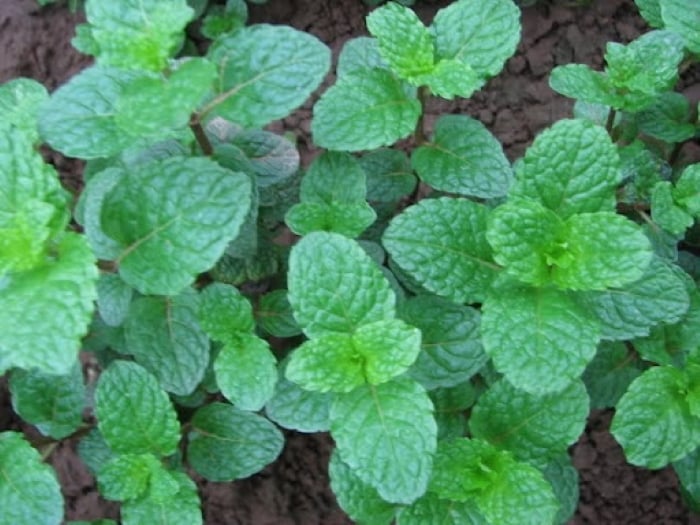
Mentha adorns homes as an ornamental plant, offering culinary delights and therapeutic benefits.
Mentha finds widespread application in daily life. Its presence is familiar in toothpaste, candies, and shampoos.
In culinary adventures, Mentha elevates dishes with its distinctive aroma and flavor, gracing entrees as a garnish or infusing beverages with its refreshing essence.
The invigorating scent of Mentha purifies the air, eliminating unpleasant odors. It refreshes the mind, reducing fatigue and fostering a sense of alertness and well-being.
Cultivating Mentha indoors offers numerous benefits, mirroring the appreciation traditional healers held for this remarkable plant.
Mentha thrives in sunlight, prefers moist soil, and exhibits a rapid growth rate. Fertilization encourages branching, contributing to a fuller, more balanced appearance.
Aloe Vera
Aloe Vera, a widely recognized ornamental plant, originates from southeastern Africa, belonging to the Aloe genus of the Liliaceae family. Despite its unassuming appearance, it produces delicate blooms during the summer months.
The blossoms of Aloe Vera lack significant ornamental value and often go unnoticed. However, its infrequent flowering is considered an auspicious omen, symbolizing impending joy and prosperity.
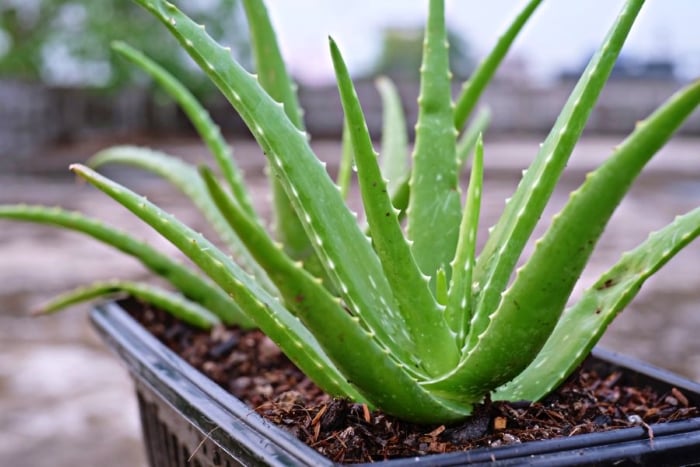
Aloe Vera continues to gain popularity.
While its appearance may not captivate, Aloe Vera captivates many with its resilience and adaptability.
This remarkable plant can endure periods of up to ten days without water, maintaining its vibrant appearance and vitality.
Its hardiness and versatility, coupled with its symbolic representation of eternal youth and beauty, contribute to Aloe Vera’s growing popularity.
Aloe Vera finds extensive use in our daily lives, with edible varieties employed in culinary preparations such as stir-fried dishes, omelets, jellies, and desserts.
Additionally, Aloe Vera has gained prominence in the skincare and cosmetic industries. Its presence graces a wide range of beauty and health products, reflecting its medicinal value and economic significance.
Introducing Aloe Vera into your home not only enhances the aesthetics but also purifies the air through its potent filtration capabilities.
This remarkable plant effectively absorbs a wide spectrum of harmful gases, including formaldehyde. Thus, Aloe Vera serves as a natural air purifier, contributing to a healthier living environment.



























